The Sweet Secrets of a Fifth-Generation Sugar Skull Maker
Elvira Mondragón Garcia’s products range from the size of a gum ball to a human head.
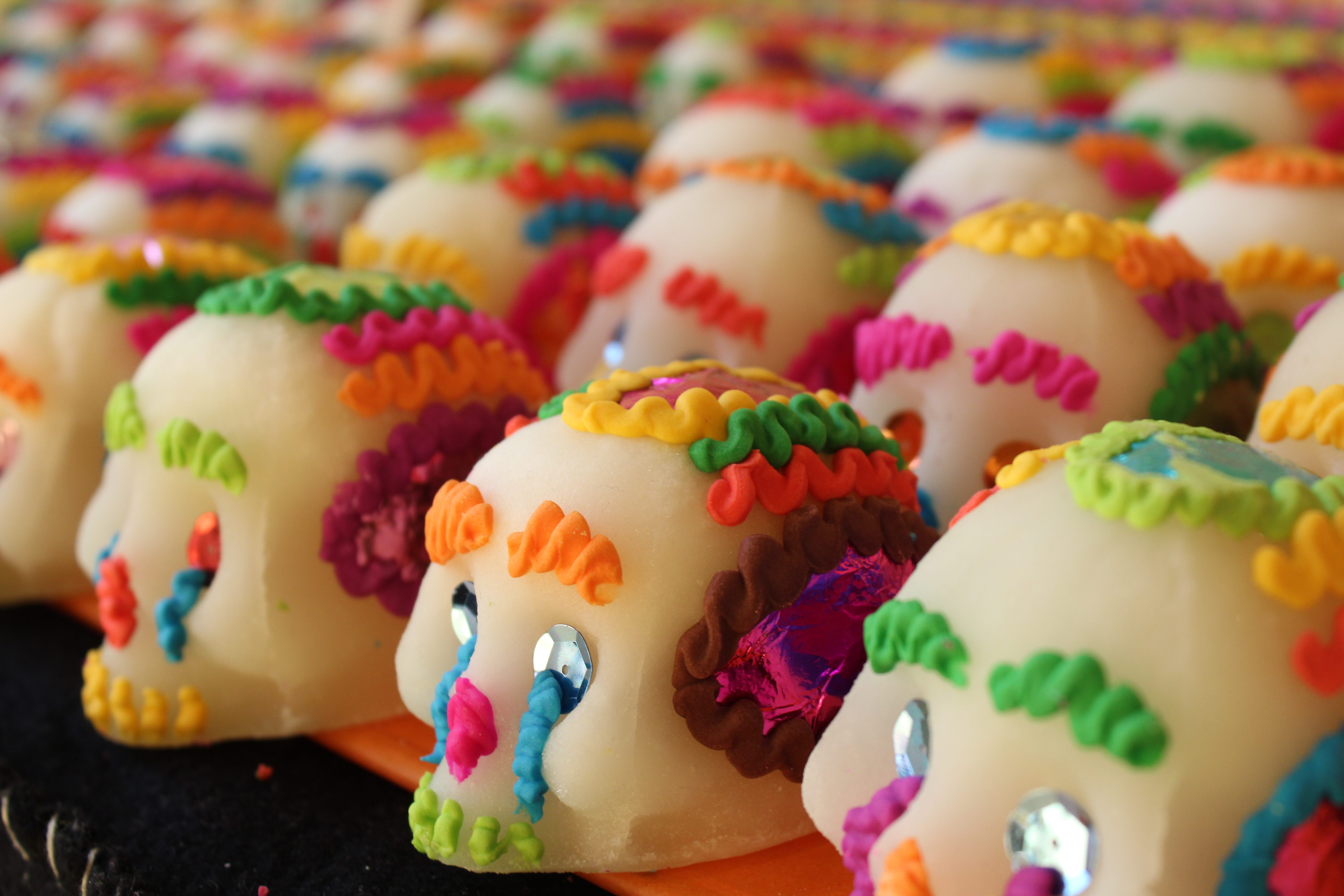
In the atrium of the National Museum of Mexican Art in Chicago, behind a row of stanchions, is an array of sugar skulls ranging from the size of a gum ball to the size of a human head. Made of compressed sugar, the skulls have metallic sequins for eyes and neon icing for hair. Shiny pieces of colored hand-cut foil are stuck to the molds to create intricate detailing. According to Elvira Mondragón Garcia, each skull has a different expression that ranges from curiosity and happiness, to sadness and discomfort. “My sentiment is that a bit of me goes into its creation and whatever I’m feeling in the moment, is reflected back in its design,” she says in Spanish.
Mondragón, a fifth-generation sugar skull maker from Toluca, Mexico, says that all of her family’s products are handmade, including the skull molds. “We’ve been approached by people who tell us they can create machinery that allows us to mass produce,” she notes. “But we don’t want that. It removes the magic of what makes every skull special.”
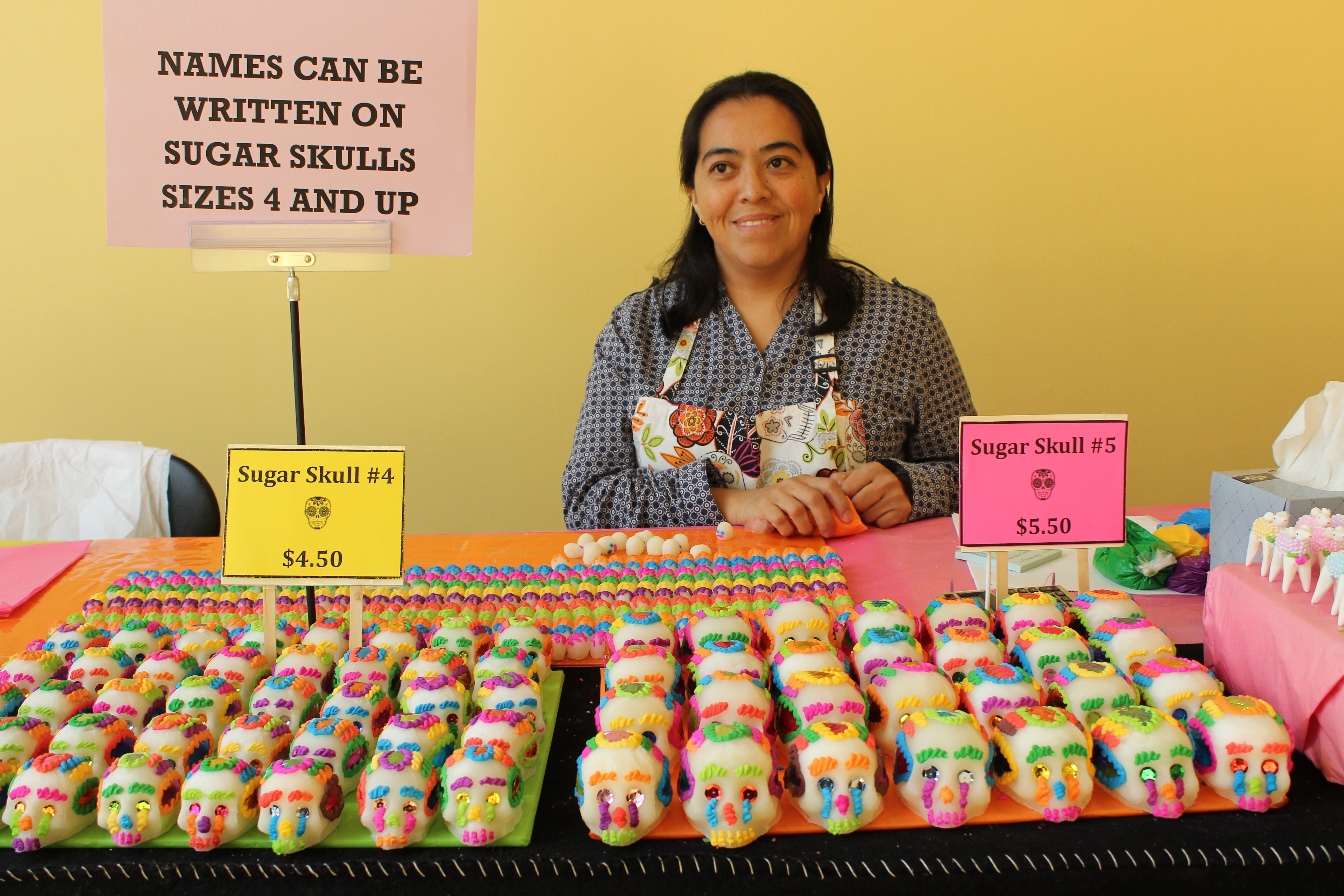
Perhaps that attention to detail is what’s allowed the Mondragón family business to endure over the past 169 years. Sugar skulls are one of the most recognizable symbols of Día de los Muertos, the Mexican holiday honoring deceased friends and relatives. Even though the holiday occurs in late fall, the family’s busy season begins in February back in Toluca. Thanks to the holiday’s growing popularity, they sell sugar skulls year round. The museum sells more than 22,000 of the Mondragón sugar skulls annually, and it is the sole source of income for Elvira and her three siblings.
The sugar skulls are reminders of a long history that can be traced back to the Aztec empire. Celebrations honoring the underworld and its inhabitants “could be found in Mexico well before the European invasion,” says Delia Cosentino, an associate professor of art history and architecture at DePaul University who specializes in the visual culture of Mexico, in an email.
“While sugar was a colonial introduction, the Aztecs made edible sculptures out of amaranth, corn, and honey,” she says. “In the U.S., the sugar skull has perhaps become the single most familiar icon [of Día de los Muertos], as aspects of the tradition are increasingly embraced—and for better or for worse, commercialized.”
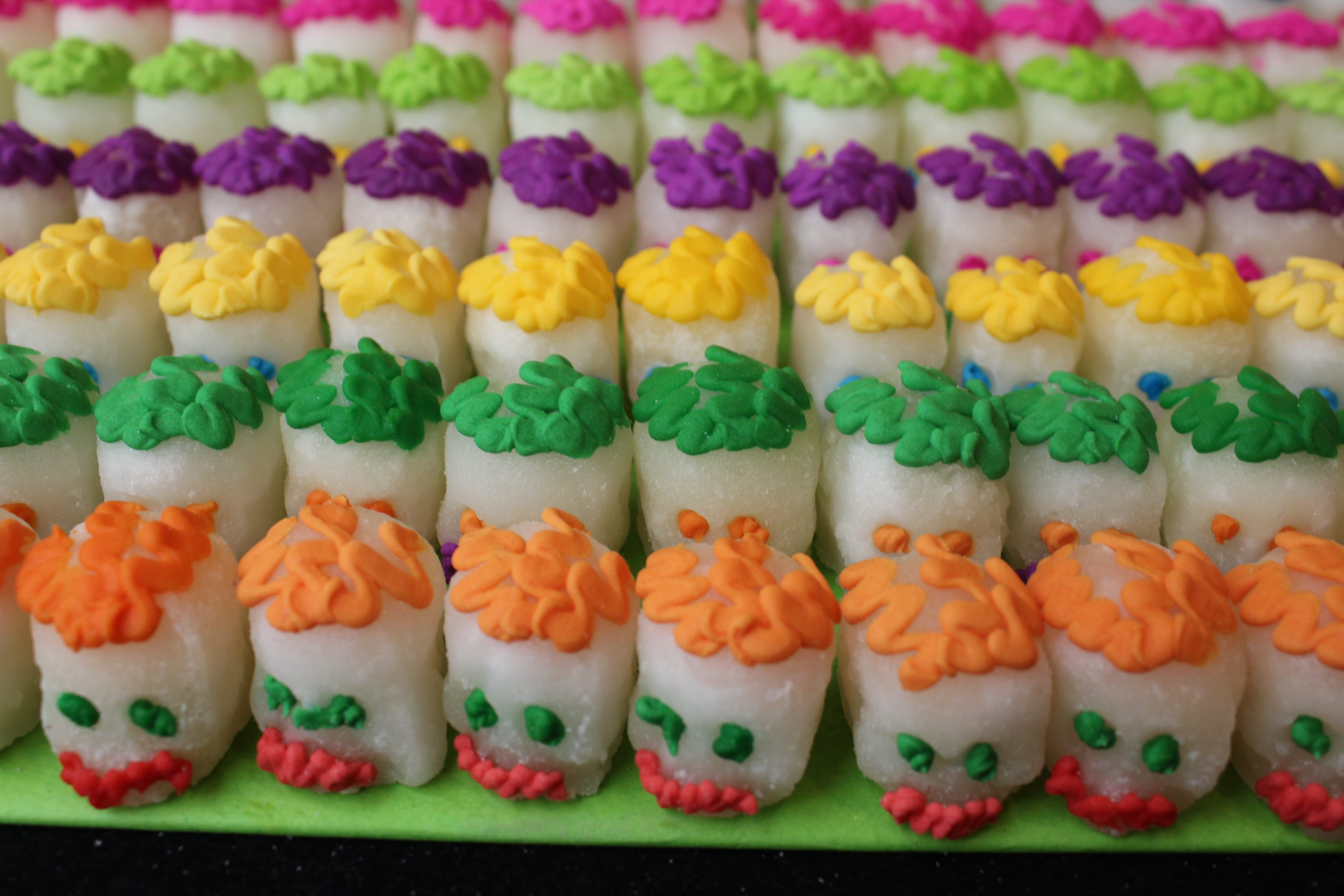
Mondragón is the first to admit the process is hard and, at times, even dangerous work. However, she takes pride in being a modern-day sugar skull maker, knowing it’s a tradition handed down by her ancestors.
The process begins with the family making clay molds to form the sugar skulls. The clay form is placed in a stone oven for three full days to set, and to remove the naturally occurring and toxic plomo, or lead, from its cast. The mold is then tested by pouring the sugar mix into it. If the sugar skull is easily removed from the mold, no lead remains. Lead in the mold creates a vacuum that causes the sugar to stick to its form. If any piece clings to the form, it indicates the presence of lead. If that’s the case, it is returned to the oven for another 24 hours to melt any remaining trace of the element.
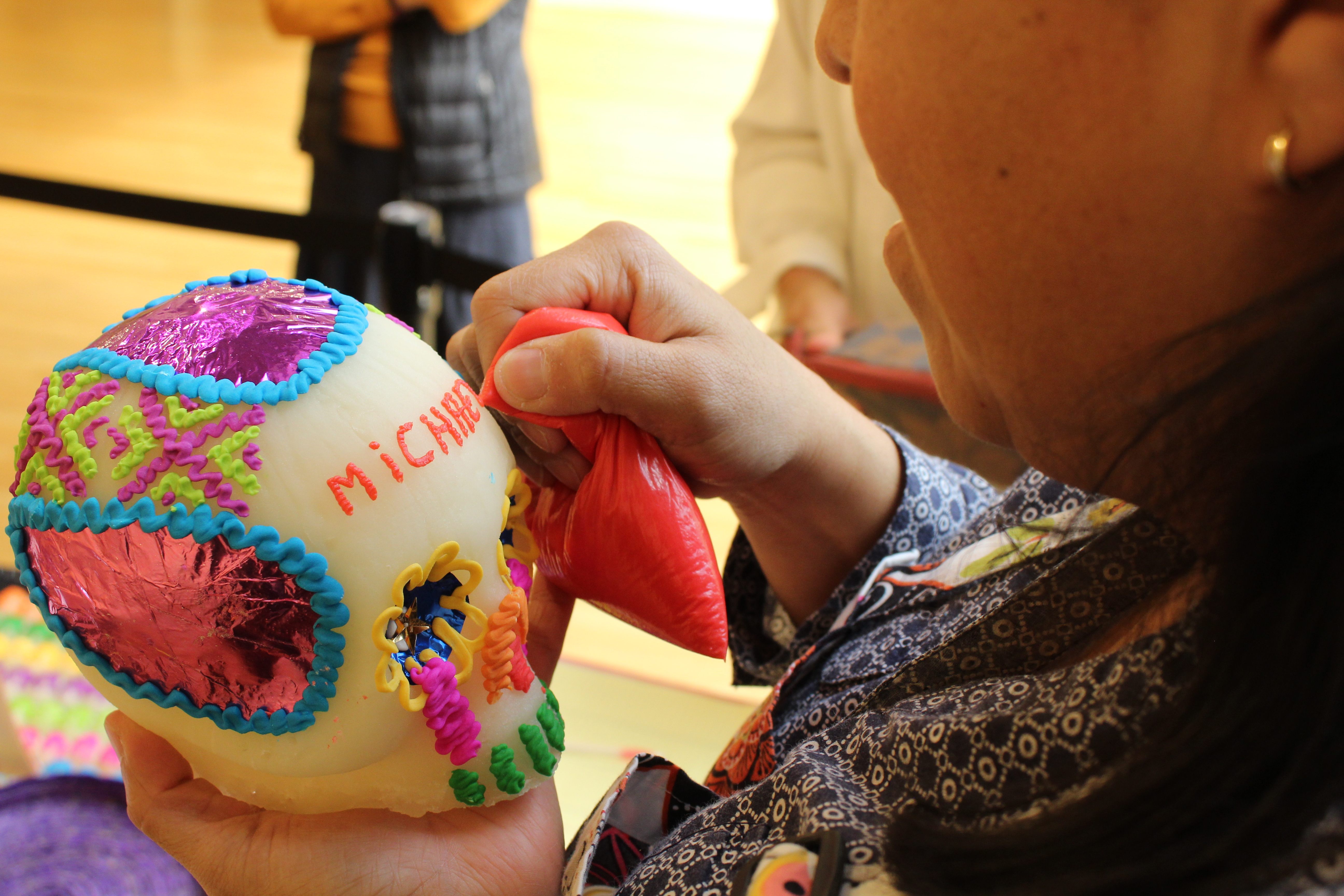
The sugar skull recipe poured into the molds is easy enough to make and Mondragón offers it up willingly. It’s equal parts sugar, water, and a splash of lemon juice, brought to a boil in a large copper pot. Because of the high temperature and large quantity of the mixture, children are kept away from the perilous process. Instead, they’re tasked with decorating or cutting pieces of foil.
When pressed for the amount of time the concoction needs to be heated for, Mondragón’s only answer is that she can tell “by the size and consistencies of the bubbles.” She explains that her family has been doing it for so long that they eye these details, not the time, to ensure the process is complete. If boiled for too long, the mixture caramelizes. Not enough time on the fire and the mix won’t hold, causing the skull to melt.

Though the small, apple-sized skulls are one of her most popular sellers, the life-sized version is what a Mexican family typically purchases. Each skull, engraved with a family name, is then placed on the ofrenda, or altar, of the dead being honored during Día de los Muertos. At the end of the holiday, the skull is taken from the ofrenda and broken into pieces to be distributed and consumed.
And how does Mondragón, whose own father passed away earlier this year, deal with the reminder of death on a daily basis? She says it’s not too hard. “If you don’t acknowledge a person’s death, it’s like they didn’t live. We are not celebrating their death, we are remembering their life.”
Additional reporting contributed by Elizabeth Quan Kiu.

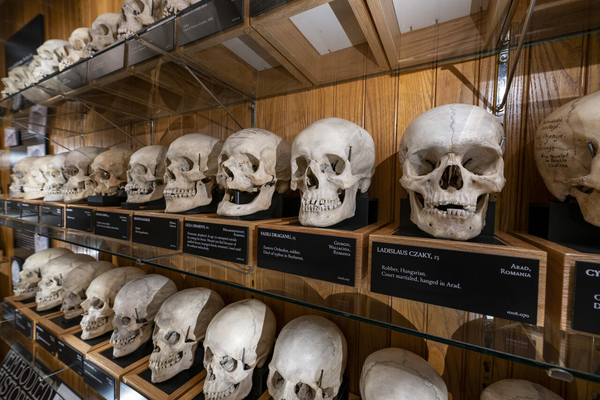

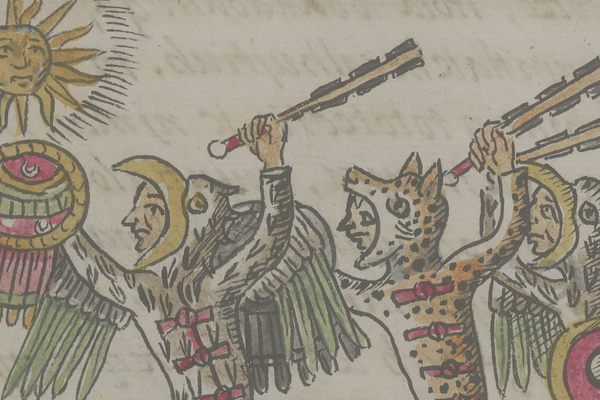






















Follow us on Twitter to get the latest on the world's hidden wonders.
Like us on Facebook to get the latest on the world's hidden wonders.
Follow us on Twitter Like us on Facebook